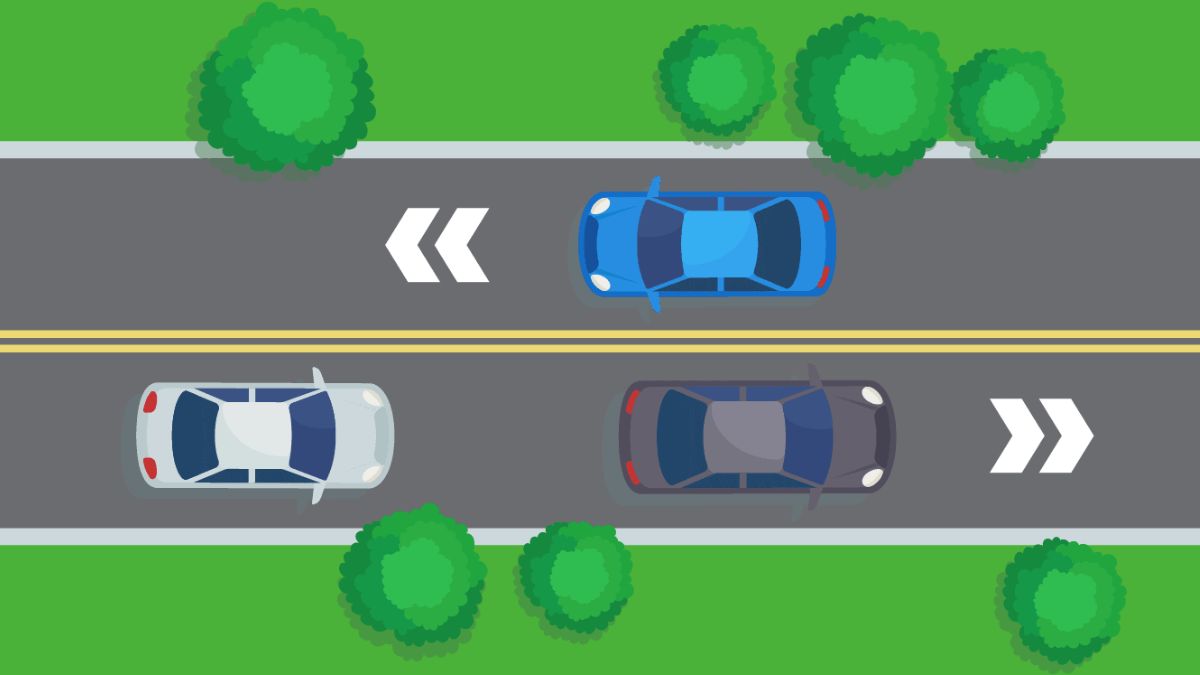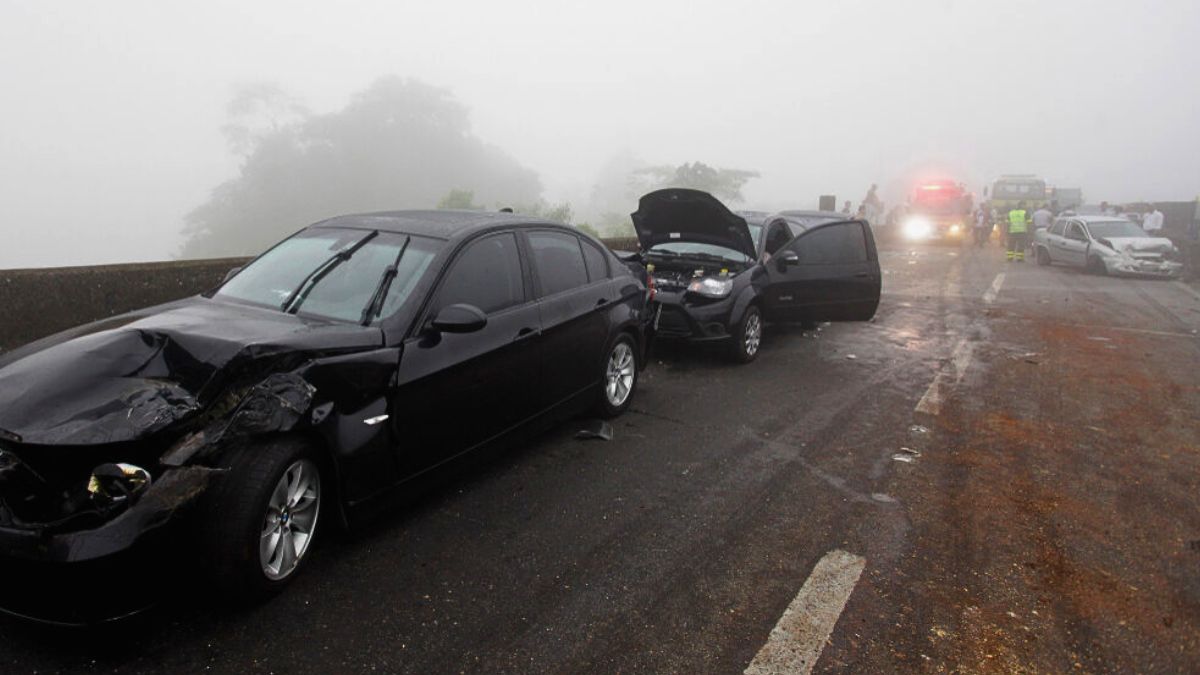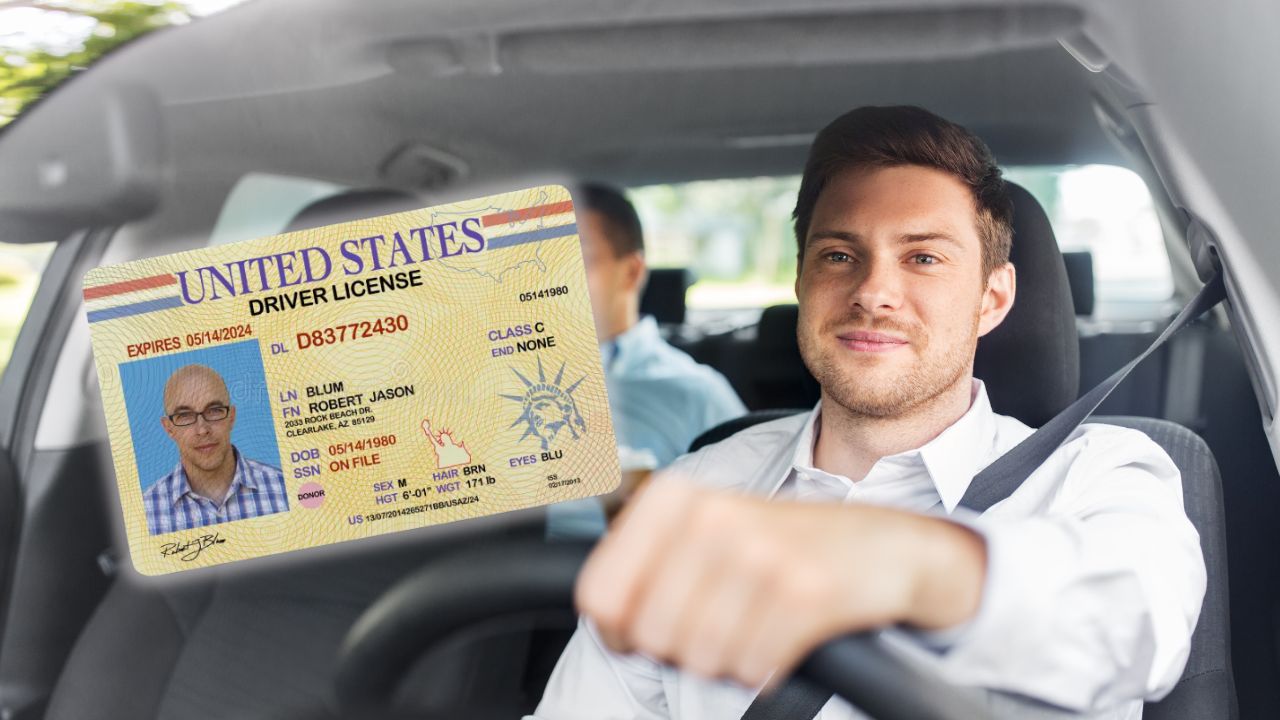Ever wonder why some road lines are yellow while others are white? Or why certain stripes are dashed and others are solid? These aren’t just random choices—they’re part of a universal system designed to keep drivers safe and organized. Every line on the road has a purpose, and knowing them can help you drive more confidently and legally. Let’s break down the meaning behind the colors and patterns of road markings.
Yellow Lines
Yellow road lines are used to separate traffic moving in opposite directions. If you’re driving on a two-way road and see a yellow line, it’s showing you where your side of the road ends and the oncoming traffic lane begins.
- Single solid yellow line: No passing. You’re close to a hazard like a curve or hill.
- Double solid yellow lines: Passing is not allowed from either direction.
- Broken yellow line: Passing is allowed if the line is on your side and it’s safe to do so.
- One solid and one broken yellow: If the broken line is on your side, you can pass. If the solid is on your side, don’t.
In short, yellow lines help keep two-way traffic from colliding by clearly defining each lane’s boundaries.
White Lines
White lines are used to separate traffic moving in the same direction. You’ll see them mostly on highways and multi-lane roads.
- Broken white lines: You’re allowed to change lanes when it’s safe.
- Solid white lines: Lane changes are discouraged but not always illegal.
- Double solid white lines: Do not cross—these separate lanes like express and regular traffic lanes.
- Edge lines: The solid white line on the far right marks the edge of the road.
White lines help guide traffic smoothly and keep everyone flowing in the right direction without chaos.
Other Colors
While yellow and white are the most common, other colors are sometimes used to convey important info:
- Red lines: Rare in the U.S., but sometimes used to indicate no stopping zones, especially in emergency or fire access areas.
- Blue lines: Often mark handicap parking or special zones.
- Green lines: Used in some cities for bike lanes or high-visibility areas near crosswalks.
- Purple lines: In certain regions, these mark toll areas or automated license plate reader zones.
These colors are more situational but growing in use as traffic systems evolve.
Pavement Symbols
Lines aren’t the only markings you’ll find on roads. Pavement symbols also play a key role in guiding traffic.
- Arrows: Show which directions are allowed from a lane (left, right, straight).
- Words: Like “ONLY,” “YIELD,” or “SCHOOL” to provide clear instructions.
- Crosswalks: Marked with thick white lines for pedestrian safety.
- Stop lines: The thick white line where you’re supposed to stop at an intersection.
All of these work together to make driving more intuitive—if you know what to look for.
Reflectivity
Ever notice how lines glow at night? That’s thanks to reflective beads embedded in the paint. These tiny glass beads bounce light back toward your headlights so you can see the lines even in the dark or rain.
Some states are also experimenting with thermoplastic paint, which lasts longer and stands up better to snowplows and heavy traffic.
Maintenance
Road lines don’t last forever. Weather, traffic, and time wear them down. That’s why road crews regularly repaint lines, especially after winter or major construction. Fresh lines mean better visibility and improved safety for everyone.
So next time you’re driving, take a moment to notice the colors and patterns beneath your wheels. They’re not just paint—they’re part of a carefully designed language of the road, helping you get from A to B safely and smoothly.
FAQs
What do yellow road lines mean?
They separate traffic moving in opposite directions.
Can you pass on a broken yellow line?
Yes, if it’s on your side and safe to do so.
What do double white lines mean?
They separate lanes and should not be crossed.
Why do road lines glow at night?
Reflective beads in the paint bounce light back.
Are blue lines for parking?
Yes, usually for handicap or special parking areas.

















